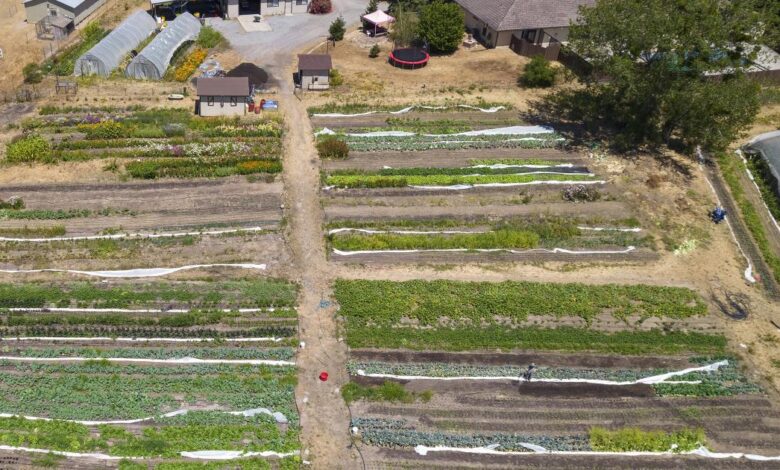Regenerative Agriculture 101

How to support regenerative agriculture
Investing in regenerative agriculture
Despite all the benefits of regenerative agriculture, only a small percentage of U.S. farms have adopted regenerative practices—in part because U.S. farm policy does not prioritize them. But some states have started to encourage farmers, ranchers, and private landowners to adopt practices that reduce greenhouse gas emissions. In California, there are incentive programs like the Healthy Soils Initiative, the Biologically Integrated Farming Systems Program, and Sustainable Agriculture Lands Conservation Program. Since 2017, Iowa’s Department of Agriculture has been offering a $5-per-acre “good farmer discount” on crop insurance premiums to farmers who plant cover crops. These types of initiatives can serve as a model for other states looking to reward farmers for better management. Incentivizing these practices is only the first step toward transformative, systemic agricultural change. In addition, by directing technical assistance and financial resources to Black, Latino, and Indigenous farmers and other disadvantaged growers, we can begin to address historic injustices in our food system.
“Part of what’s needed now is a more holistic policy platform—one that pushes for transformational changes to our food and fiber system alongside the grassroots organizations, community leaders, artists, and revolutionary farmers we are learning from,” says Claire O’Connor, director of water and agriculture at NRDC.
Regenerative agriculture at home: what you can do
Whether you’re a farmer, a gardener, or a consumer, you can join the regenerative agriculture movement.



